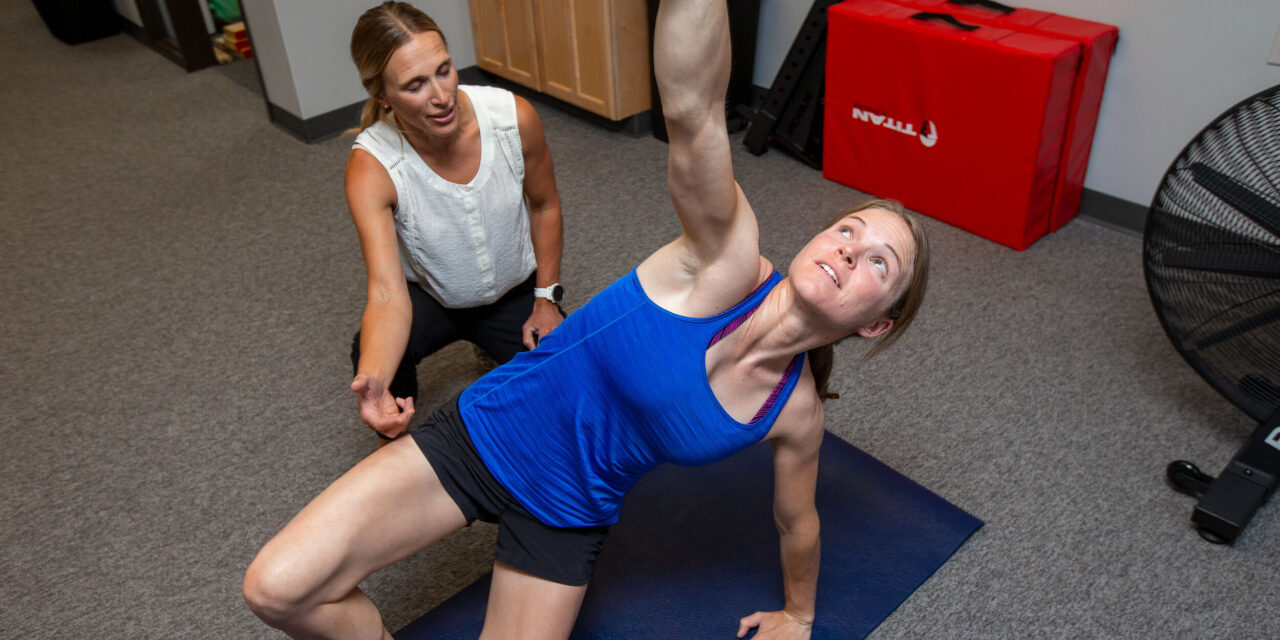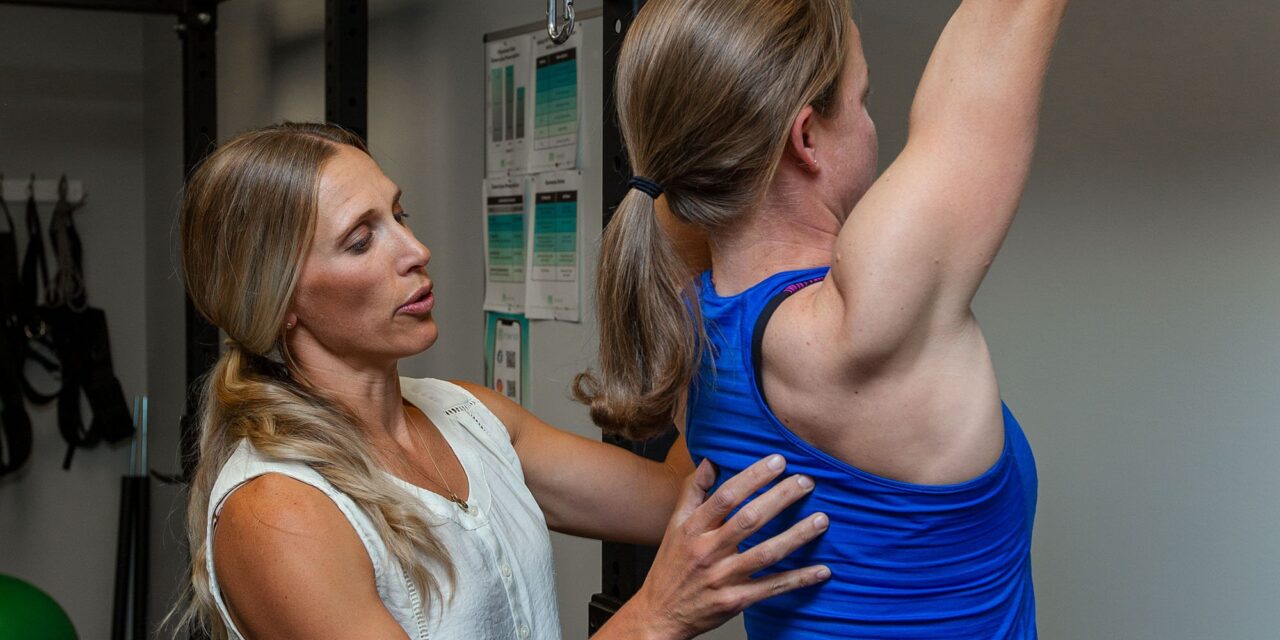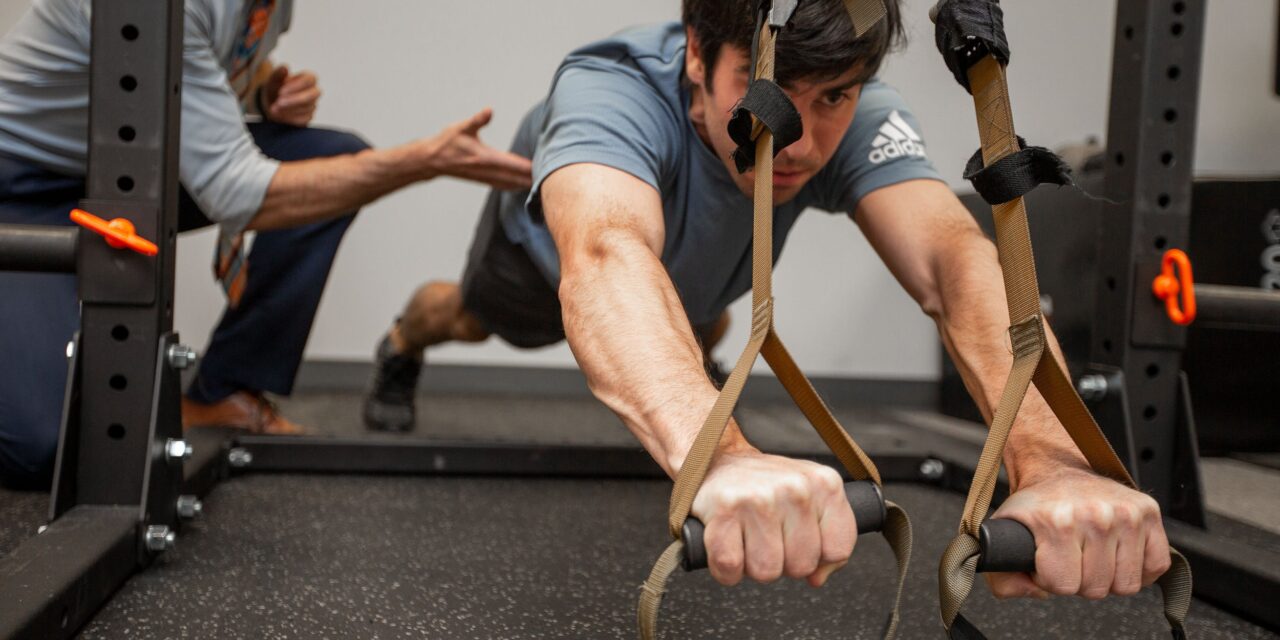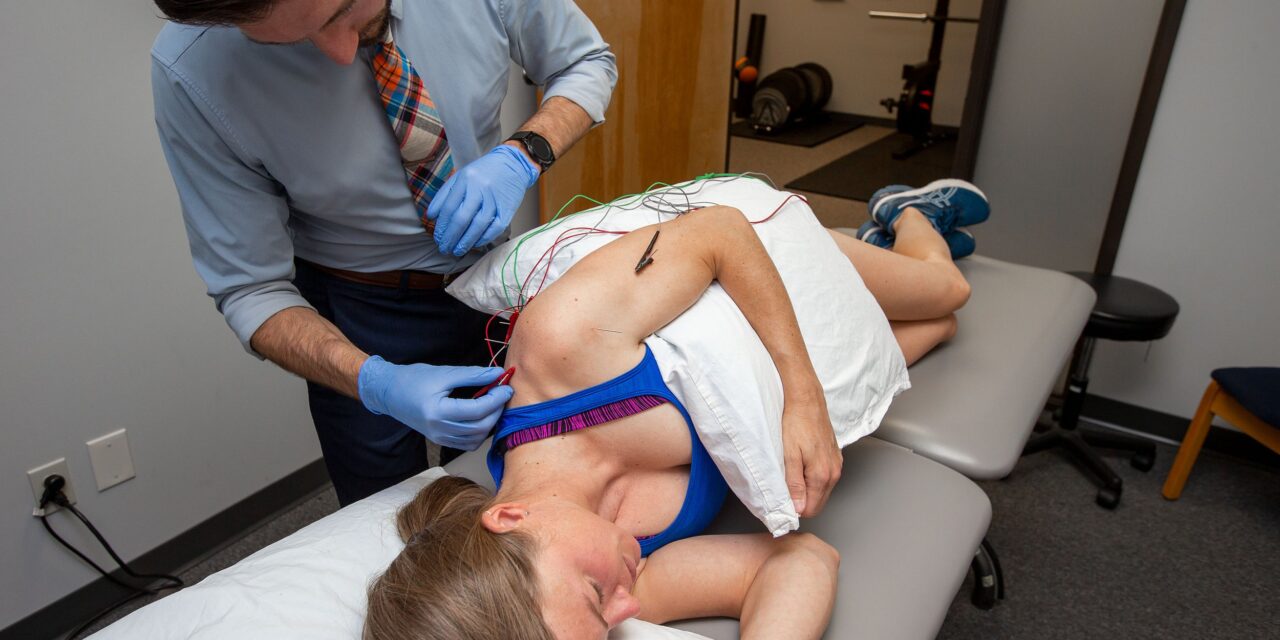Joint stiffness in the thoracic spine can be a significant contributor to neck, upper back, and shoulder pain in rock climbers. The high muscle demands and repetitive pulling down movement of climbing often leads to excessive thoracic kyphosis, internally rotated shoulders, and a forward head position. If left untreated this can lead to long term...
Self soft tissue mobilization using a foam roller or other device (stick, ball, etc) is a popular adjunct to training that we see our strength and endurance athletes utilize in our Boulder physical therapy practice. We often receive questions about how and when foam rolling should be utilized in training and whether it helps with...
Dehydration and Electrolyte Levels Don’t Appear to Influence Cramping
September 21, 2020
Muscle cramping can be a frustrating and painful consequence of individual and team sport athletic participation leading to decreased sports performance. The internet is filled with reported remedies to cramping from creams to sports drinks. Many aim to resolve possible imbalances of hydration and electrolyte balance (sodium and potassium) from sweating during an athlete’s training...
Most climbers are aware of the importance of finger flexor strength. But how strong are your finger EXTENSORS? Finger extensors are the antagonist muscle group to the finger flexors and are critical to providing support and stability. Strengthening this muscle group is key component to a finger rehabilitation program, particularly in rock climbers who put...
Many Boulder team and endurance athletes had their respective seasons shortened or cancelled secondary to COVID-19 sending them into an unexpected training season or offseason. Although frustrating, this downtime can be well utilized to prepare for the next training cycle. During a normal year, few athletes reach the end of their seasons without a missed...
Rock climbing is a 3-dimensional sport that challenges every single region of the body. As a result there are countless ways we can train our bodies to improve different aspects of our climbing. So let’s be targeted and efficient with our training. Let’s look at what the research shows are the most important factors that...
When performing near your upper limit, multiple attempts on a single climb is crucial for optimizing sequence and to improve strength specific to that route. In climbing, recovery between individual attempts has a huge impact on climbing performance. The quality and effectiveness of your recovery are just as important as the climb itself. Let’s take...
If we had to pick only one strength training exercise it would be hard to beat a squat variation due to its’ ability to recruit a large percentage of the lower quarter musculature. To be fair, drawbacks of the squat would have to include the significant learning curve to learn the correct exercise movement, as...
Rock climbing remains one of the most popular outdoor sports in Colorado and the United States with over 10 million participants each year. On average, climbers experience 4-5 injuries per 1000 hours of climbing participation or 1-2 unique injuries per career. Over 90% of these injuries are overuse in nature commonly involving muscles, tendons, and...
Muscle imbalances, muscle strength and length differences across an individual joint, are frequently examined by Physical Therapists in individuals with pain, loss of function, or disease. For example, imbalances between our shoulder external and internal rotators have been shown to correlate with multiple shoulder disorders and help predict success after surgery. In addition, asymmetries in...




